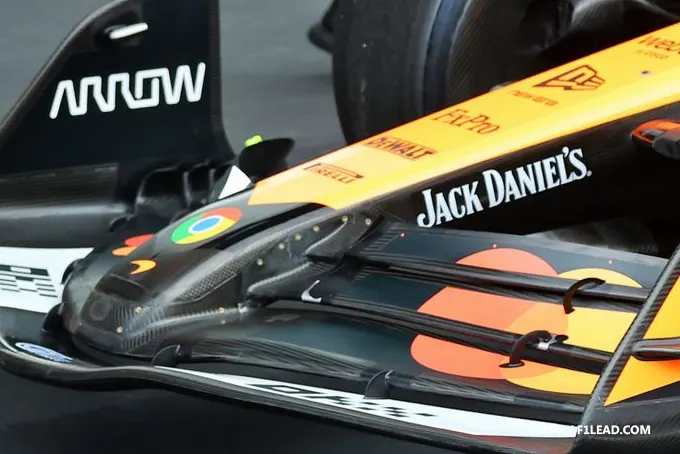The FIA is considering dynamic on-track tests to further regulate flexible wings in Formula 1, amid ongoing technical controversy and innovation.
The FIA is not ruling out the implementation of “dynamic tests” to further tighten regulations on flexible wings in Formula 1.
Stricter Wing Tests Underwhelm
Nikolas Tombazis, the FIA’s single-seater director based in Paris, had a busy weekend in Barcelona with the introduction of new, stricter flexibility tests for front wings.
These had little impact on the competitive order, with McLaren maintaining its qualifying one-two.
Hamilton Slams Flex Ruling
“What a waste of money!” exclaimed seven-time world champion Lewis Hamilton.
“Nothing has changed. Everyone’s wings are still bending – they’re only halfway through the flexing range, and everyone had to build new ones and spend money making them. It would have been better if everyone donated to charity.”
FIA Eyes Dynamic Testing
Tombazis does not deny that teams are still showing ingenuity to enhance flexibility, even with the tests in place in Barcelona.
“Teams arrived prepared with stiffer wings and a few aerodynamic modifications.”
Tombazis acknowledges that dynamic tests – inspections assessed via camera by the FIA while the cars are actually running on track – are now “a possibility for the future.”
“First of all, it’s about better understanding the accuracy of the measurements. For now, we’re using dynamic measurements to calibrate the static tests. But those measurements are now reliable and could be turned into official tests.”
Steel Skid Blocks Trialed
Teams also tested new steel materials for the skid blocks under the car this weekend on behalf of the FIA, replacing the usual titanium that creates sparks.
“For now, it’s an experiment, and it’s too early to judge.”
“It is heavier, but it’s the same for everyone. We believe skid wear is similar.”
Some lament that steel does not produce the same spectacular sparks, but Tombazis clarified, “The intention is to use them only on tracks where there’s a risk of surrounding grass catching fire.”
- Discover More>Red Bull Gives Verstappen Green Light for GT3 in 2025
- Following us on>Facebook et Twitter
